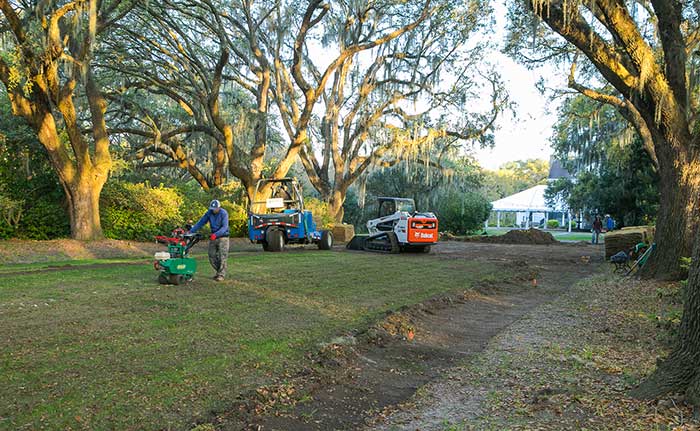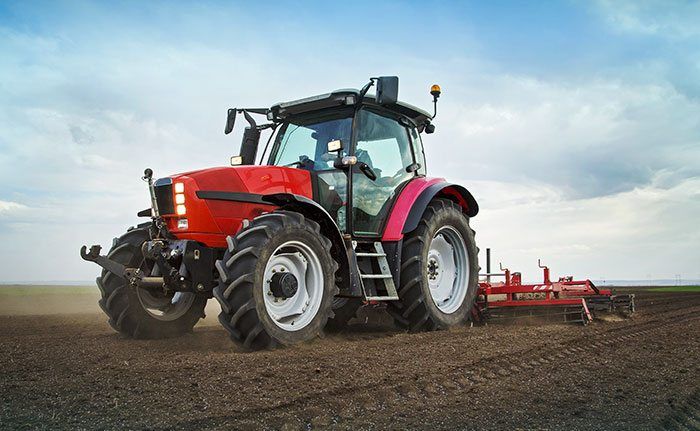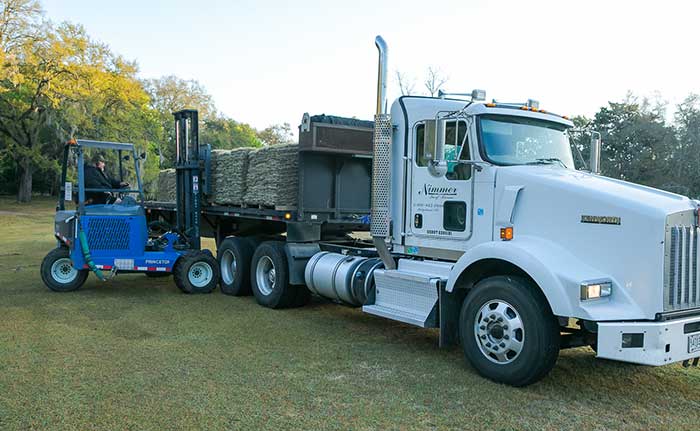BEFORE YOU ORDER THE SOD:
The best start to any gardening project is a soil analysis. This is nothing more than a mixture of the soil from the area to be planted, which is submitted to the Extension Service for analysis. They will issue a report detailing any amendments that are needed relative to the plant(s) to be grown…in this case the type of grass to be planted.
This report will take a week or so to come back so leave yourself enough time to complete whatever recommendations they suggest. Amendments are most effective when they are incorporated into the soil rather than on top of the grass.
INSTALLING THE SOD:
It is critical, especially in hot weather, that the sod be installed immediately upon delivery. The soil where the sod is to be laid should be moistened to settle the soil and to provide moisture to the sod as soon as it is placed. The amount of moisture necessary will depend on a number of factors i.e. soil type, slope, how sunny the area is etc.
Once you have installed a small area, begin irrigation as soon as you can. The sod has a very small amount of soil protecting its root system and should not be allowed to dry out. This also helps to settle the grass into place and remove air pockets that will damage the roots.
Placement of the sod pieces should be done so that seams are tight and not in a straight line between rows. This will prevent erosion from water flow. When installing sod next to a sidewalk or patio, you should remove enough soil so that the edge of the soil on the sod is below the hard surface. Once you are done with the installation, it is helpful to roll the area with a water filled drum roller. This will further remove any air pockets and help flatten small imperfections below the grass.
AFTER THE SOD IS IN PLACE:
For the first two weeks or so, you must water the grass daily. The amount of irrigation needed depends on a number of factors…every lawn will be different. The key point is to keep the soil moist until the sod is well rooted into place. On the other hand, do not water to the point of puddling or soggy ground. This is best accomplished by daily monitoring.
WHAT TO WATCH OUT FOR:
Newly planted plants of all types are under stress. This is known as transplant shock and causes the plant to be more susceptible to attack by disease and insects. Some grasses should be treated with preventive fungicides and insecticides immediately upon installation. Check to see what the care suggestions for your grass are and at the very least keep a close eye on new sod to monitor for problems. If problems occur, treatment is recommended as soon as possible.




